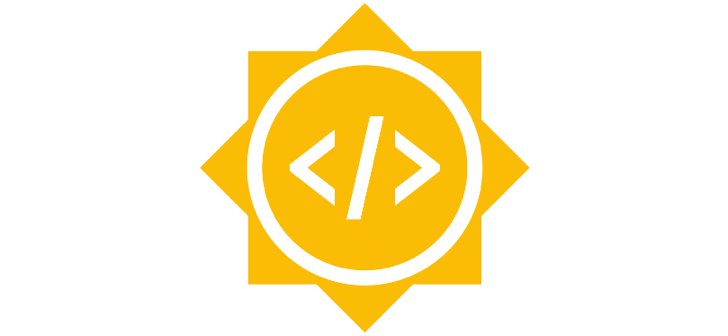Good news! Blender has been accepted into the Google Summer of Code again, meaning that they'll sponsor students to work on new and complex Blender projects while being mentored by seasoned Blender developers. Check out the proposed projects on the Blender Wiki to get an idea of what might be coming our way later this year.
Advertisement
You're blocking ads, which pay for BlenderNation. Read about other ways to support us.
About the Author
Bart Veldhuizen
I have a LONG history with Blender - I wrote some of the earliest Blender tutorials, worked for Not a Number and helped run the crowdfunding campaign that open sourced Blender (the first one on the internet!). I founded BlenderNation in 2006 and have been editing it every single day since then ;-) I also run the Blender Artists forum and I'm Head of Community at Sketchfab.





7 Comments
*crosses fingers and repetitiously whispers to self
"ptex, ptex, ptex, ptex,..."
You didn't use ptex much and only like the idea of this technology, right?
Using ptex on a large scale projects with thousands of assets and textures in conjunction with mudbox-maya-renderman (in my case) was a nightmare. Believe me. This project https://www.youtube.com/watch?v=Gw9bnFIFpsQ
Hope that this technology will be implemented much better, if it will be at all.
I'm making my stake to udim - much more convenient technology in many ways.
I've tested it out Nick Bishop's graphical build years ago. If I was being generous about not being critical on bugs, the experience pretty much lived up to what I was expecting based on what I had seen from fxguide and Siggraph talks. It was decent - seemed like it had potential to fully live up to the hype. It's just that Nick's original implementation was 90% there, and since then it's been sooooooOoOoOooo many years!
It's not like you wouldn't still have the option to UV map, or bake into UV afterwards, it's just another tool - but who knows, you may be right that if I started using it in full production that it wouldn't be as great as I've dreamt up.
And what is UDIM!? I keep hearing about it but I can't find a simple concise explanation on it. Just intricate technobabble or long software tutorials for programs I don't use. It's an array of textures, or an array of IDs, that's packaged into a single uber texture? - and this is done because?
There're a plenty of UDIM information and tutorials on the internet. The idea is quite simple though. Map an object into multiple uv tiles and get a set of textures, each one of them is for its uv tile with exact index in its name. You get "infinite" amount of resolution that way, and this method/technology is used all over the CGI industry nowadays, except for games because of the optimization reasons.
I could describe all the cons and pros for ptex using if you're interested in so much. Let me know.
I think I'm good on ptex. But for UDIM, it's basically if I were to take the current way we UV map things, but separate each island into its own file - and then just take that idea and store everything into one file?
By "infinite resolution" I assume you mean you can later replace any one texture section with a higher resolution without affecting the other sections?
https://www.fxguide.com/featured/udim-uv-mapping/
You take your model and cut uv's as you desire. For example: head, arms, legs and body. Scale each of them to fit into the 0:1 square, shift each of them into +1 quadrant +x direction. You'll get 4 quadrants of uv's.
In a texturing program you texture as usual and at the output you'll get 4 textures (in case you textured only diffuse, for example) with the uv tile id in their name (1001, 1002, 1003, 1004, or in mudbox terms u1_v1, u2_v1, u3_v1, u4_v1). It's a set of separate files, not one.
By "infinite resolution" i meant: imagine you want to make super high resolution on hands only for closeups, but increasing resolution of textures is overkill. Than you cut hands uv into several parts once again and place that parts on theirs uv quadrants. You can even make fingers separate and have any resolution for them.
Not every software can do separate resolution for each uv tile, but even then by cutting the uv map you can manage resolution distribution across the model. And yes, you can later replace any of the texture section with higher resolution.
very good projects. Worth doing every one them.